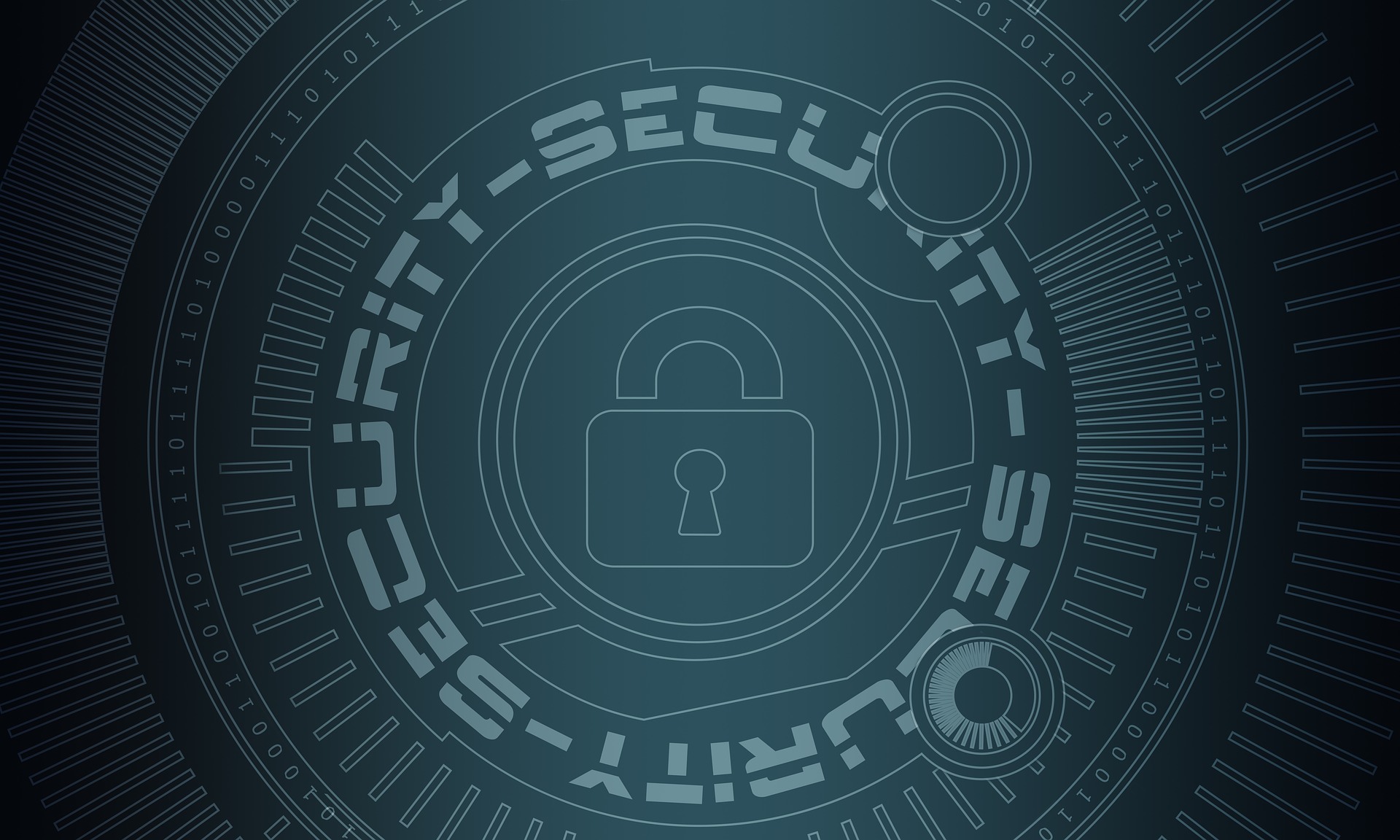Cloud based services have become an integral part of several organizations, with technology providers adhering to privacy and data security norms for ensuring the confidentiality of user data. Although efforts are being taken to develop cloud security standards, CSPs are implementing a blend of privacy and security controls. This has created confusion among users in terms of the security measures that they expect from their providers.
The adoption of the cloud is estimated to see a continued upward spiral in the foreseeable future. However, organizations are still wary of cloud computing as an accurate delivery environment for their applications. The most dominant concern among them is security. The question that crawls upon the minds of businesses is if their sensitive data is secure in the cloud and the ways they can employ on-demand services while maintaining industry and regulatory compliance.
What are Cloud Security Standards?
Cloud security standards refer to a set of guidelines, protocols, and best practices designed to safeguard data, applications, and infrastructure hosted in cloud environments. These standards serve as a framework for organizations to ensure the confidentiality, integrity, and availability of their digital assets in the cloud. They encompass a wide range of security measures, including data encryption, access control, identity and authentication management, and threat detection and response protocols.
Prominent cloud security standards and frameworks include ISO 27001, NIST Cybersecurity Framework, CSA’s Cloud Controls Matrix, and FedRAMP, among others. Adhering to these standards not only helps organizations protect sensitive information but also fosters trust between cloud service providers and their customers, as it demonstrates a commitment to maintaining a robust security posture in an increasingly interconnected digital landscape.
Lack of Cloud Security Standards and Its Consequences
The organizations are right about their concerns in ramming into the cloud without any protection in place. This porous nature of the cloud becomes an attractive target for cyberattacks. The virtual nature of the cloud journey further makes securing on-demand environments a complicated process. There is no proper definition as such for effective cloud security posture.
The lack of effective cloud security standards has made enterprises and CSPs to stumble while depending on a ceaseless list of auditing specifications, regulatory requirements, industry mandates, and data center standards to offer guidance on protecting their cloud environments. This has made cloud security alliance more complicated than it seems to be and this disjointed approach does not qualify for ‘good security’.
There is a dire need for enterprises and providers to concentrate on core aspects of cloud security, such as identity & access management, virtualization, security, data privacy, and content security. The industry must also keep track of the developments in cloud security services brought by the NIST as the base to protect the possible emergence of critical business workloads in the cloud.
A Quick Look at Cloud Security Standards Best Practices
There are a number of best practices of cloud security that organizations can adhere to amidst expanding workloads in their respective cloud environments. Although these best practices have no foundation as such, it has been observed that following them can safeguard data in cloud environments. CSPs (Cloud Service Providers) use the shared responsibility model to maintain security and accept the responsibility for some security aspects. Other aspects are shared between the organization and the CSP or just solely remain the organization’s responsibility. Some of the key best practices for cloud security are explained below.
Performing Due Diligence
It is imperative for the cloud users to understand their applications and networks completely. This is for determining the way of providing functionality, security and resilience to the cloud-deployed systems. Due diligence should be performed across the systems’ and applications’ lifecycle that are being deployed in the cloud. This due diligence involves planning, operations, development, deployment and decommissioning.
Access Management
Organizations need to maintain complete control over their encryption keys. Three capabilities are a must-have in access management. These capabilities include:
- The ability to identify & authenticate users
- The ability to assign access rights to users
- The ability to develop and enact access control policies for all resources
Data Protection
There are three separate challenges involved in data protection, which go beyond access controls. These are
- Data protection against unauthorized access
- To ensure ceaseless access to crucial data in the case of failures and errors
- Prevention of the accidental data disclosure, which was presumably deleted
Monitoring and Safeguarding
The responsibilities of CSPs and consumers for monitoring the cloud-deployed systems and applications are divided. The CSPs are responsible for monitoring the services and infrastructure offered to consumers, but not for monitoring application security and systems created by consumers using provided services. Consumers need to design & implement additional monitoring carefully, ensuring that it is completely integrated with cloud automation and is capable of being scaled up or down devoid of manual intervention.
Looking At The Prospects
The developments made by the regulatory bodies as well as organizations point the CSPs and cloud users in the right direction. They lay the groundwork for a stable and secure cloud computing environment. The incidents in cloud security services observed in the past couple of years show that mishaps could have been avoided if right security tools were used by consumers. For example, using properly configured access control, multi-factor authentication provided by CSPs, and precise encryption of data. It is believed that, for SMEs, approaching well-established CSPs will help reduce the risks associated with moving data and applications to the cloud.
Top 10 Cloud Security Standards & Control Framework
For identifying and responding to network threats, refers to security standards and organizational norms. Furthermore, a cloud security framework lays out the policies, tools, configurations, and procedures that must be followed to keep a cloud platform secure.
Some Cloud Security Standards are explained below:
1. ISO-27001 / ISO-27002:
Someone must have encountered ISO-27001 when it comes to information security needs. As, ISO-27001 holds identification for Information Security Management System (ISMS). This is useful when the project is in its starting phase or if you can’t commit to full implementation of the project.
Furthermore, ISO-27002 defines control which is put in observation with IS0-27001. By adhering to the ISO-27002, it exhibits that the organization follows information security seriously and is eligible to do best practices to secure data.
2. ISO-27017
ISO/IEC-27017 provides guidelines for Cloud Security that can help organizations approach Cloud Security more systematically and dependably. Further, ISO-27017 is a security standard established for cloud service providers and consumers with the goal of reducing the risk of a security incident in the cloud.
In addition, it is also a standard for cloud-based organizations that helps with control recommendations and implementation. This is true for organizations that store data in the cloud and companies that provide cloud-based services to other companies that may have sensitive data.
3. ISO-27018
ISO-27018 is used to protect personally identifiable information (PII) in the communal cloud as PII processors. It follows all the principles of ISO/IEC-29100 for cloud computing environments in public. Moreover, ISO-27018 can also be applied to any type and size of organization: public or private, government organization, or not-for-profit organizations.
The instructions in ISO-27018 are also applicable to PII-controlled organizations. Nevertheless, PII controllers can be hinged to protection legislation, regulations, and obligations. However, these are not applicable to PII processors.
4. General Data Protection Regulation (GDPR)
The GDPR condition is enforced on every member of the European Union(EU). It’s objective is to build undeviating protection of consumer data all across European union members. Conditions of GDPR in data protection and privacy are:
- Whenever a data breach occurs in the system, it must be notified in a specific period.
- Cautiously handling data whenever there is an exchange through borders.
It is essential to consider that any market or company collaborating with the EU is subject to its rule. This reason makes the EU have an impact all over the world in terms of data protection.
5. System and Organisation Controls (SOC) Reporting
SOC (System and Organization Controls) reporting gives inclusive assurance (SOC 1, SOC 2, SOC 2+ and SOC 3) to users about transparency and trust issues on risk management. Developing SOC ensures that they apply the proper rules and controls and only share vital information with stakeholders. Furthermore, SOC reports provide suggestions to improvise on some specific areas and identify gaps that are lagging with potential.
6. Payment Card Industry Data Security Standard (PCI DSS)
Payment Card Industry Data Security Standard is a security of information that only applies to the organization that handles significant card schemes. It is a set of requirements to certify that all companies with access to a process which collect and transmit credit card information have to maintain a secure environment.
7. Health Insurance Portability and Accountability Act (HIPAA)
Health Insurance Portability and Accountability Act (HIPAA) is the United States constitution that facilitates security services to safeguard medical information and maintain data privacy. This law came into the picture when many health-related data were being hacked and ransomware attacks were seen by providers.
8. CIS AWS Foundations v1.2
By following the CIS AWS Foundations Benchmark, any firm that uses Amazon Web Service cloud resources can help protect sensitive IT systems and data.
The CIS (Center for Internet Security) Benchmarks are a set of objective, consensus-driven configuration criteria created by intelligence analysts to assist enterprises in optimizing their information security. In addition, CIS protocols are for strengthening AWS accounts to create a stable base for executing jobs on AWS.
9. CIS Controls Top 20
The Top 20 Controls (formerly known as the SANS Top 20 Critical Security Controls) is a prioritized list of the best-organized plan by the Center for Internet Security (CIS) to combat today’s most ubiquitous and severe threats. It was created by top security professionals from across the world and is updated and validated annually. Using the CIS top 20 key security protocols is an excellent method to shield your company against the most common threats.
10. ACSC Essential Eight
The ACSC Essential 8 (a widespread ASD Top 4) lists eight cybersecurity mitigation techniques for businesses and large companies.
The Essential eight tactics were established by the Australian Signals Directorate (ASD) in collaboration with the Australian Cyber Security Centre (ACSC) to tighten security controls, safeguard organizations’ computer resources and systems, to keep data safe from cybersecurity threats.
Recommended reading!






